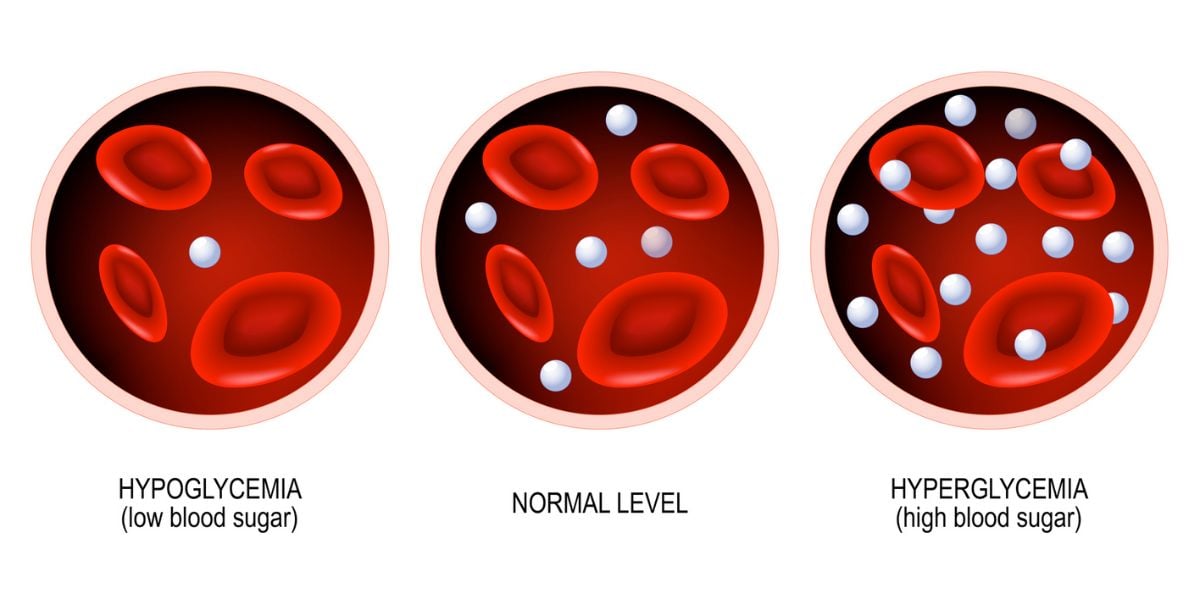A food diary is similar to a blood test diary. It allows you to note down your food and activity – incredibly useful for the newly diagnosed, children and those who want to keep an eye of their food or carbohydrates.
Transition periods
Many diabetics sometimes go through small transition periods when eating right seems to go off the rails and so can
blood sugar levels and it can be hard to figure out why.
By taking the time to slow down, write things down for a week or two, and just focusing back on your diabetes, maybe by using a diary, you’re much more likely to get yourself back on track as you can see what you’re eating.
Paper diaries
Paper diaries seem a bit ‘back to basics’ but they can really work wonders. However, you can also keep your diary on your computer.
Choose from a PDF version or Excel version (for editing or using on your PC) of your food diary in either A3 and A4 size.
- PDF: A4 food diary | A3 food diary
- XLS: A4 food diary | A3 food diary
Those who do a lot of tests tend to rely on either downloading the blood glucose machine’s data ahead of their doctors’ appointment, or just log in to a rolling spreadsheet in our own heads.
There’s nothing wrong with either of these, but if you’re going though a bad patch, do consider that a little bit of back to basics can really bring your control back.
Look for a food diary that suits you
If you think the diary you have is hard to use, then look around and see if another supplier does a diary you like better.
You might have to change blood test machine in order to access supplies of diaries, but if it means you end up using and getting the benefits of the diary, then maybe it’s worth going through the change.
You could even make up your own.
You end up looking at your results much more often than your care team, so stick with whatever works for you.
- Take a look at the Desang Blood Test diary for a generic diary.





